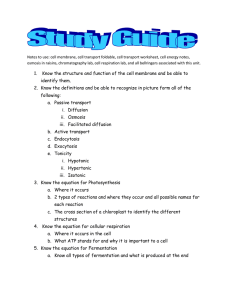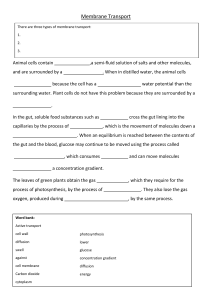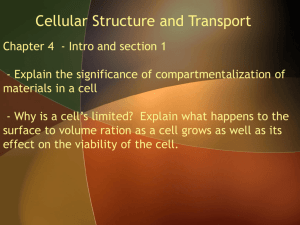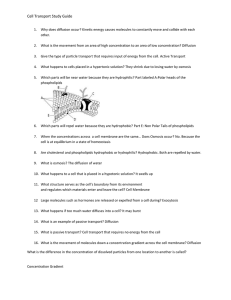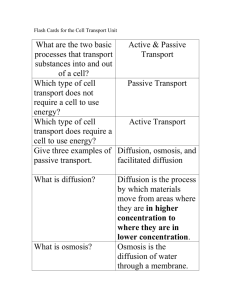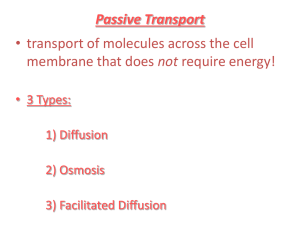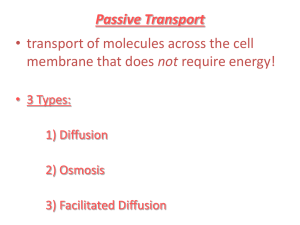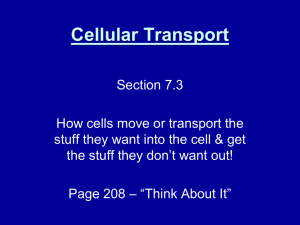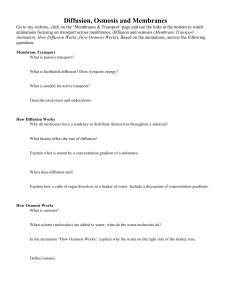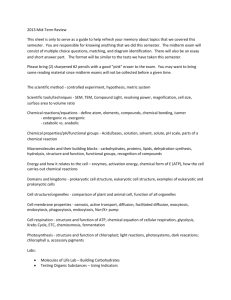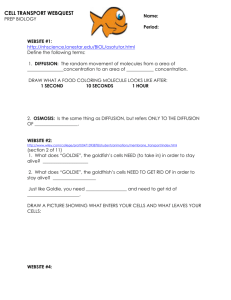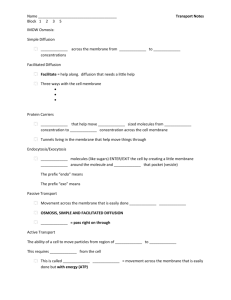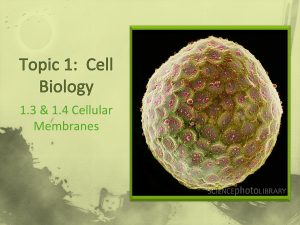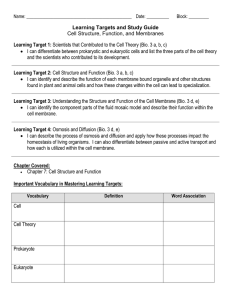Review 1 - DV Biology
advertisement
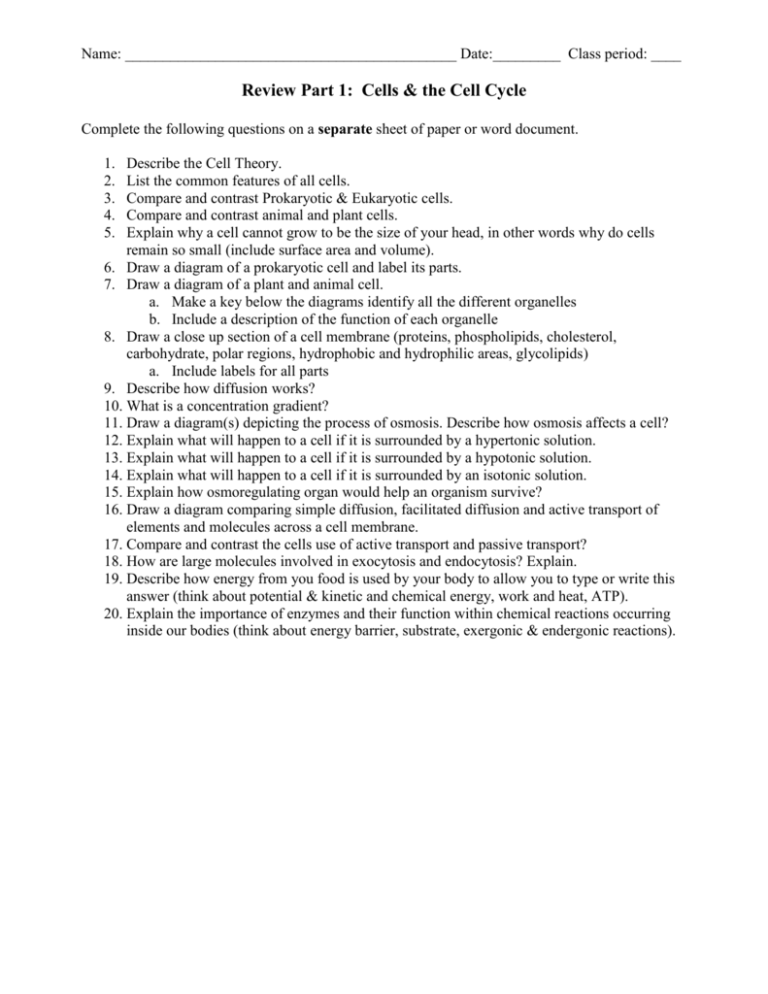
Name: ____________________________________________ Date:_________ Class period: ____ Review Part 1: Cells & the Cell Cycle Complete the following questions on a separate sheet of paper or word document. 1. 2. 3. 4. 5. Describe the Cell Theory. List the common features of all cells. Compare and contrast Prokaryotic & Eukaryotic cells. Compare and contrast animal and plant cells. Explain why a cell cannot grow to be the size of your head, in other words why do cells remain so small (include surface area and volume). 6. Draw a diagram of a prokaryotic cell and label its parts. 7. Draw a diagram of a plant and animal cell. a. Make a key below the diagrams identify all the different organelles b. Include a description of the function of each organelle 8. Draw a close up section of a cell membrane (proteins, phospholipids, cholesterol, carbohydrate, polar regions, hydrophobic and hydrophilic areas, glycolipids) a. Include labels for all parts 9. Describe how diffusion works? 10. What is a concentration gradient? 11. Draw a diagram(s) depicting the process of osmosis. Describe how osmosis affects a cell? 12. Explain what will happen to a cell if it is surrounded by a hypertonic solution. 13. Explain what will happen to a cell if it is surrounded by a hypotonic solution. 14. Explain what will happen to a cell if it is surrounded by an isotonic solution. 15. Explain how osmoregulating organ would help an organism survive? 16. Draw a diagram comparing simple diffusion, facilitated diffusion and active transport of elements and molecules across a cell membrane. 17. Compare and contrast the cells use of active transport and passive transport? 18. How are large molecules involved in exocytosis and endocytosis? Explain. 19. Describe how energy from you food is used by your body to allow you to type or write this answer (think about potential & kinetic and chemical energy, work and heat, ATP). 20. Explain the importance of enzymes and their function within chemical reactions occurring inside our bodies (think about energy barrier, substrate, exergonic & endergonic reactions).
